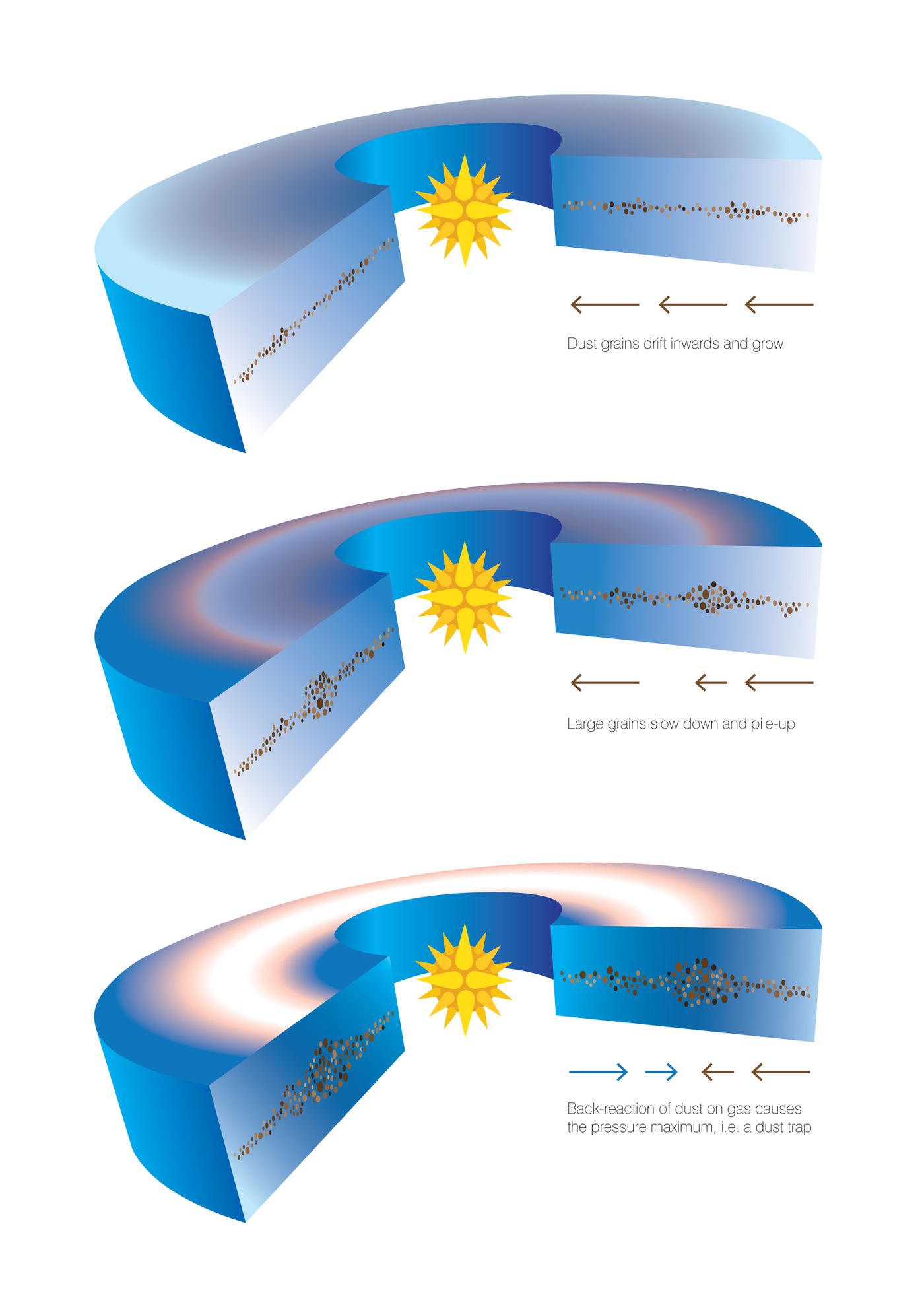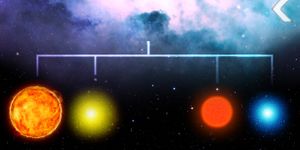'Dust Traps' Might Make Planetary Formation Possible
The answer to the question of how planets are formed has eluded scientists for years, but there may finally be a light at the end of the tunnel as some researchers think they might have some idea of what causes them to form.
Writing in the Monthly Notices of the Royal Astronomical Society, the researchers discuss a very real scenario where young star systems develop disks of dust, gas, and other kinds of material that eventually clumps together to form planets.
Image Credit: Jean-Francois Gonzalez
While the existence of these disks is relatively well-known and accepted by current astrophysicists, there are still a number of bumps in the road that have to be overcome for planetary formation to be successful, including the drag of gas on particles and collisions from other formations breaking larger ones apart.
Using computer models, the researchers were able to recreate the circumstances where disks of debris form and then eventually begin ‘sticking together’ over time thanks to the properties of gravity.
These debris range in size, from micron-scale objects to fist-sized objects to large kilometer-scale objects, but when gravity has a chance to act on it, everything eventually clumps together to form bigger objects, and the cycle simply repeats itself until all of the matter has been clumped together in some way.
In order to get over the two very real complications, the researchers discuss something called a ‘dust trap’ that would have to exist within the disk of debris and gas.
This is essentially a controlled region in the disk where moving debris and gas are slowed down from the inevitable inwards pull towards the star’s center of gravity and are able to collect much easier. The slow-down also prevents collisions from breaking apart the already-formed clumps of material that will soon go off to form planets.
Image Credit: Volker Schurbert
These regions in planet-forming disks are far more stable for planetary formation than anywhere else in the disk is, which explains why planets are able to form in them more easily than anywhere else. Once enough matter clumps together, it gets to be massive enough that it creates its own gravitational influence and can redirect its own path.
More importantly, dust traps are probably far more common than originally thought, which might explain why so many star systems have their own planets.
Although we can spot planetary disks forming in other systems, we haven’t yet observed ‘dust trap’ activity taking place. Since there are so many different systems out there with planets orbiting the host star. This process could have taken place repeatedly to make it possible for those planets to form, as no other theory to date has such a solid foundation.
Source: Phys.org










